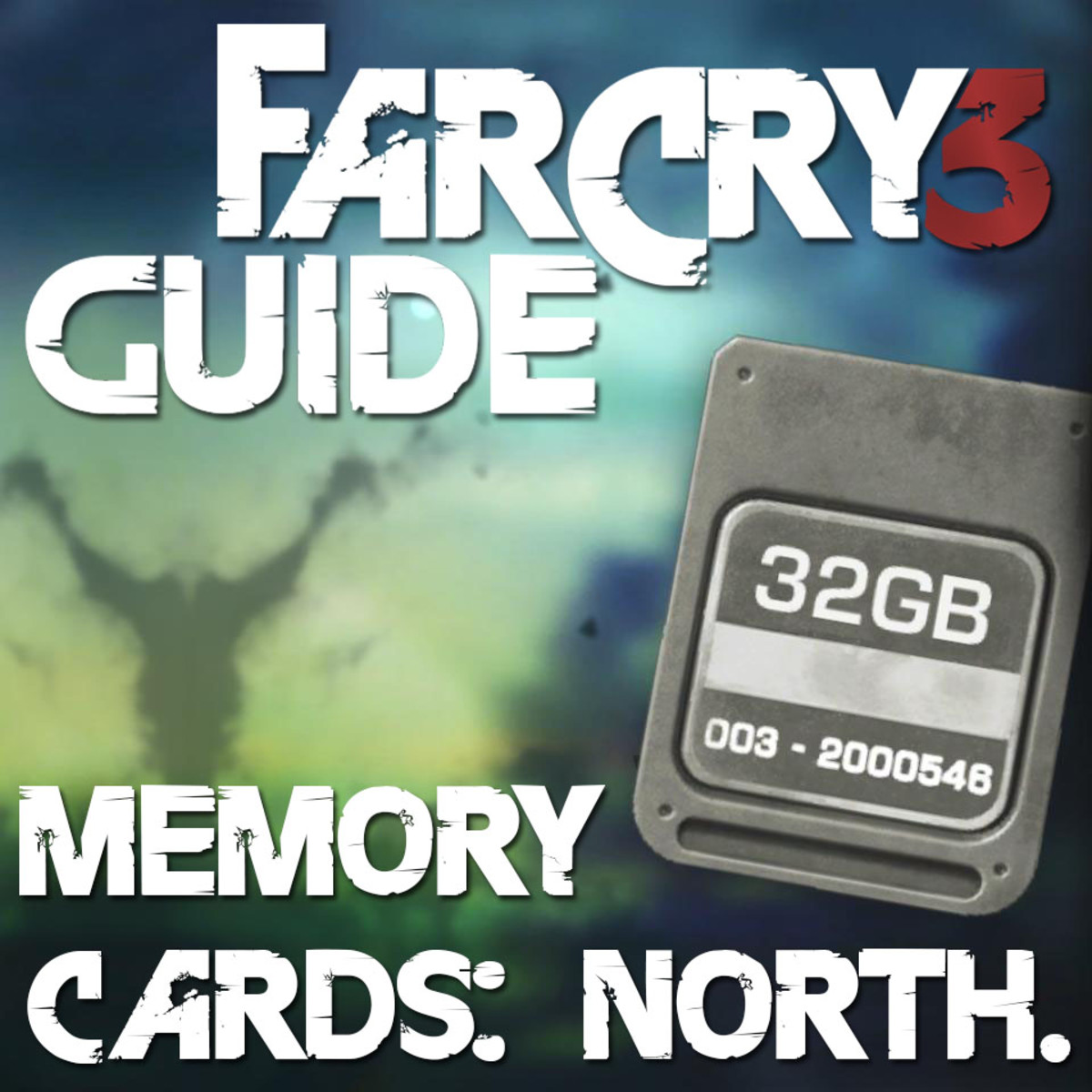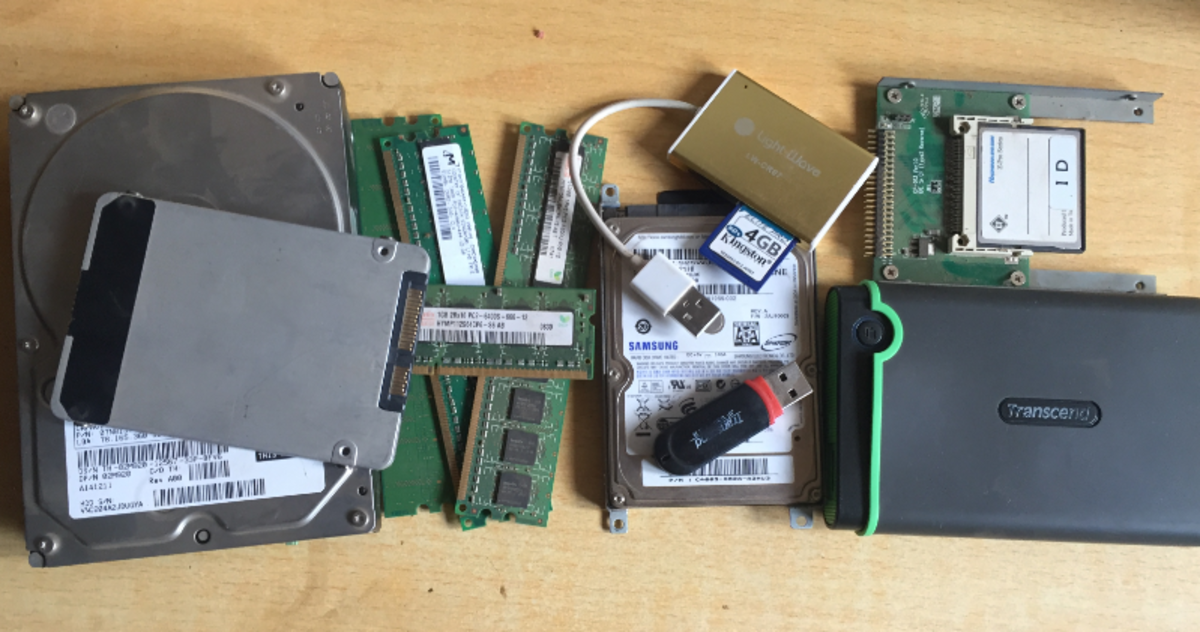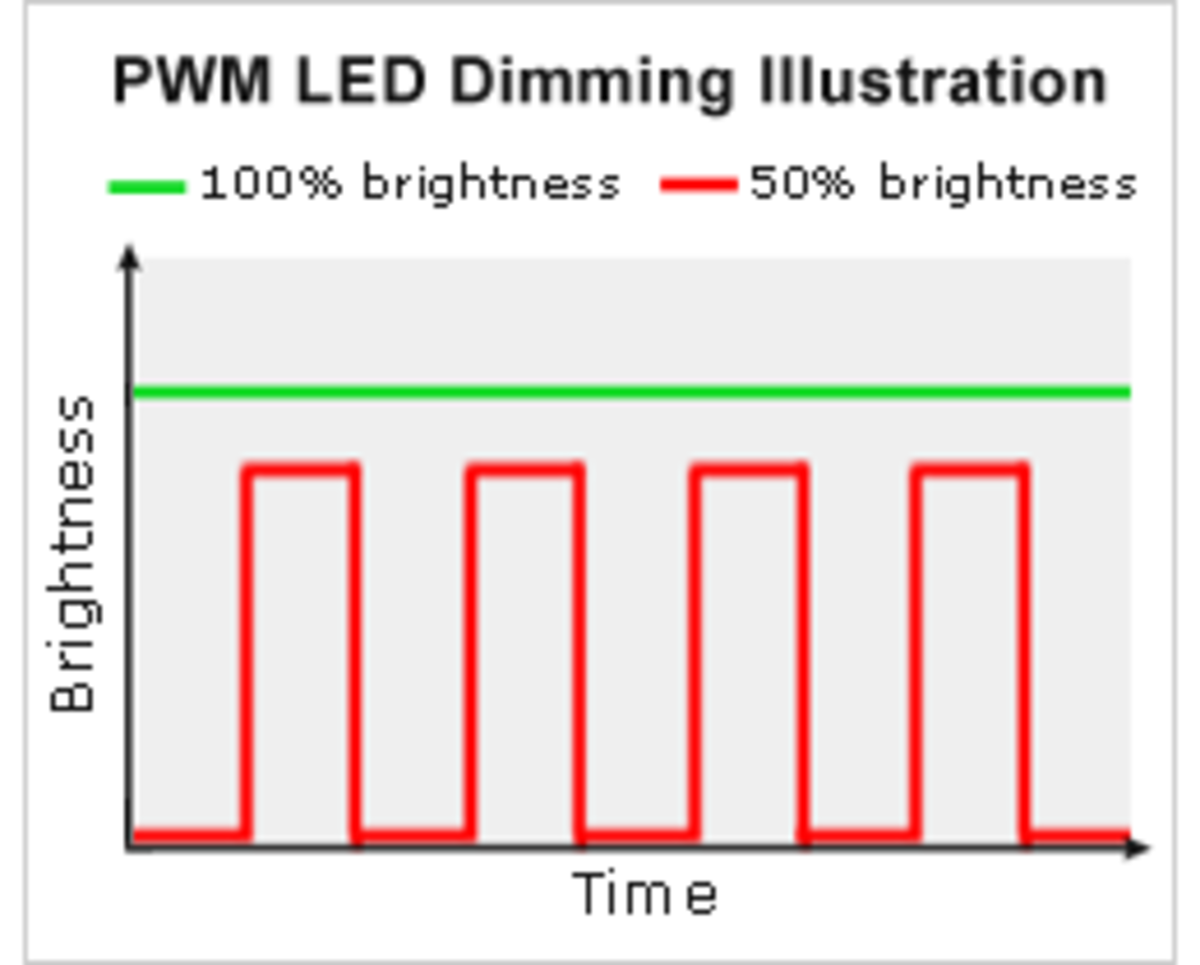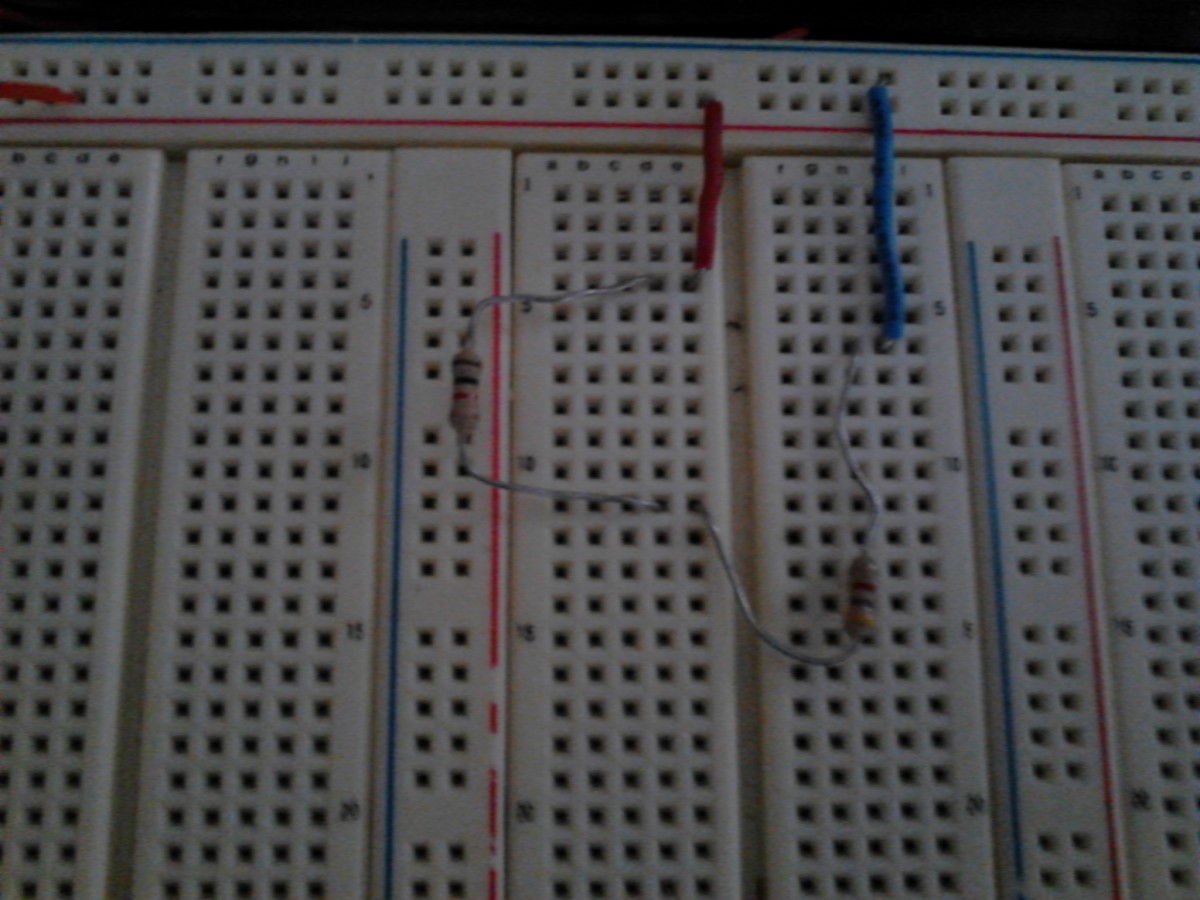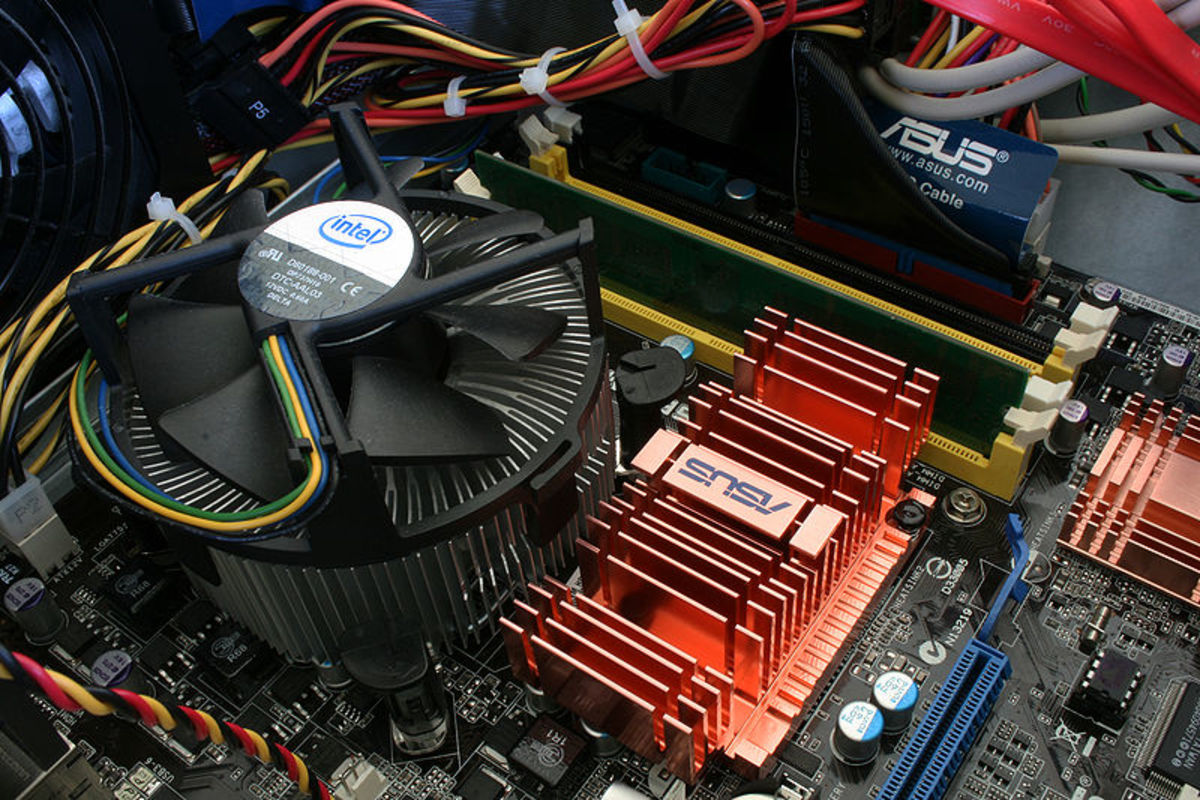- HubPages»
- Technology»
- Computers & Software»
- Computer Hardware
Types Of Memory Cards
Memory card are storage mediums which are used in many electronic devices to store extra memory. Even when the memory card is removed from the device the memory remains the same inside the card and this memory can also be transferred to another device.
Memory card have been in use for more than a decade now and today all the major devices such as digital cameras, cell phones, laptops and personal computers have memory card installed or inserted in them.
There are many types of memory cards. Below are some of them:
Secure SD Cards
The secure SD cards were introduced in 1999 and since then are being used in small portable devices. They are mostly used in digital cameras, hand held computers, mobile phones and audio players.
The original card weighed 2 grams approximately and mostly measures 32 mm x 24 mm x 2.1 mm. Now smaller SD cards with the capacity to hold more memory are available.
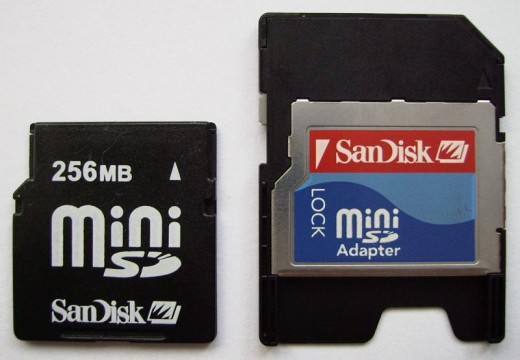
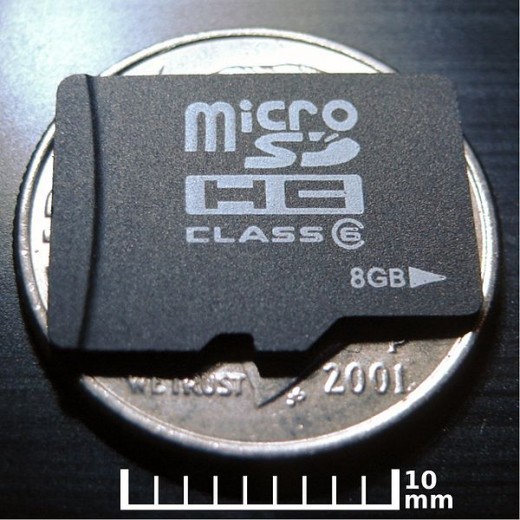
There are two types of SD cards:
- Mini SD Card:
The mini SD cards are much smaller than the original SD cards are and were invented with the intention to be used in mobile phones and miniature electronics such as MP3 players. Some mini SD card packages also include an SD card adapter they can also be used in other SD card devices. These cards have the capacity of up to 4GB and increasing. - Micro SD Cards:
The micro SD cards are smaller than the mini SD cards and also have more capacity for storage of memory. They are also used in mobile phones and MP3 players.
The micro SD card like the mini SD cards can be used in an SD slot via an adapter. These cards were introduced by the SanDisk in 2004. they can hold the memory from up to 2 GB and increasing.
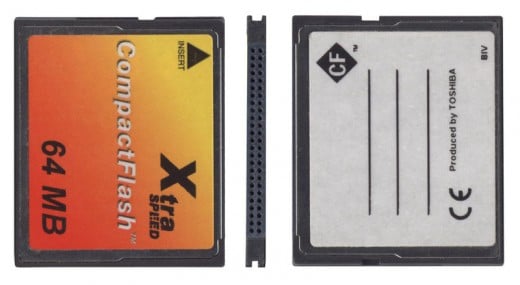
Chinese Mobile Phones
- China Mobile Phones
Chinese mobiles took over the sub-continent market in the early 2007. The two major countries where these mobiles really made some strong sales were India and Pakistan.
Compact Flash Disk
The compact was invented by the SanDisk Corporation in the year of 1994.
These cards are used in cameras, mobile phones and MP3 players. There are two types of compact flash disk called as CF type I and CF type II.
The CF type I cards 42.8mm x 36.4mm x 3.3 mm thick whereas the CF type II cards are 42.8mm x 36.4mm x 5.5 mm thick.
Initially the compact flash disk were designed for a PMCIA slots and could accommodate using an adapter.
But now the compact disk have modified and the two types of flash disks are now designed to fit different type of slots and have different capacities.
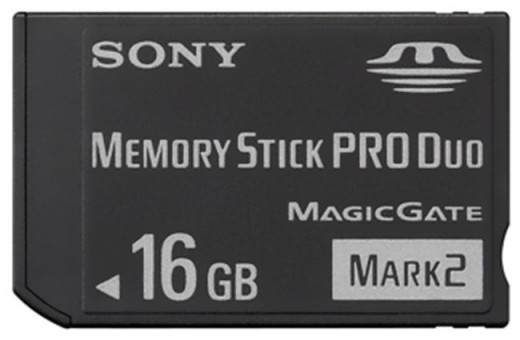
Types Of Keyboards
- Keyboards
Due to an essential for various models of PC keyboards, producers have produced a huge sort that ranks from simple to complex multimedia system keyboards.
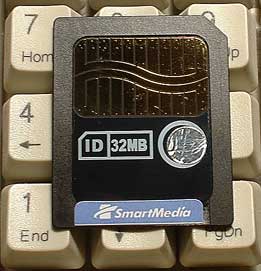
Types Of Printers
- Types Of Printers And Printing Tips
What is a printer? A printer is a peripheral device, which is attached to the computer to produce written material or graphics on paper or other print material.
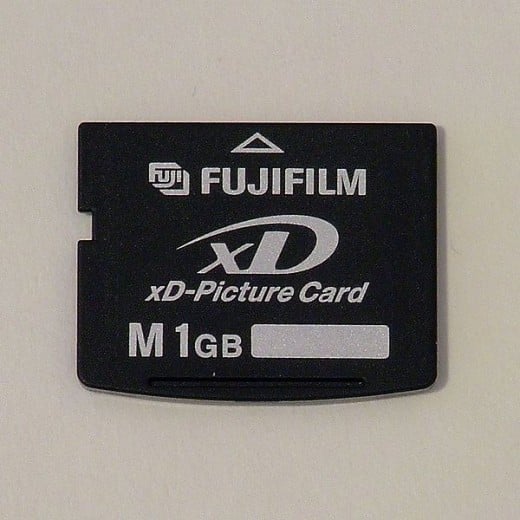
Memory Stick
The memory stick is a very reliable memory card invented by the Sony. The memory stick works by using a serial interface for transferring data between the device and the stick.
The initial memory card invented by the Sony had the maximum storage capacity of 128MB.
There are two types of memory sticks:
- PRO Memory Stick:
The PRO memory cards have the capacity of storing memory up to 32 GB.
These however like the SD cards can not be accommodated in the devices made for the initial 128 MB memory stick.
But on the other hand PRO memory stick devices can bee compatible with original memory stick. - Duo:
Just like the PRO memory stick the Duo is the smaller version of the original memory stick.
Smart Media
The smart media was invented by the Olympus and Fuji and proved to be a great challenge for the compact flash cards.
It became very popular amongst the manufacturers and consumers when it was released.
These cards are smaller than the compact flash cards and they also have contact pins directly on the surface unlike the compact flash cards.
However when used over time, the design proved to less reliable than the compact flash cards.
With time the popularity of smart media started to fade and that not only because of its design but its limitation to store 128MB memory. It is still used today in some devices.
X-D Picture Cards
The XD pictures cards were invemted by Olympus and Fuji. The term XD is an abbreviation of extreme digital and is designed for digital cameras. the XD picture cards are ultra compact with a size of 20mm x 25mm x 1.7mm.
Despite of their unique design the XD cards did not gain much popularity as it was expected from them. The reason for it was that these cards were only compatible for the digital cameras of Fuji and Olympus.

